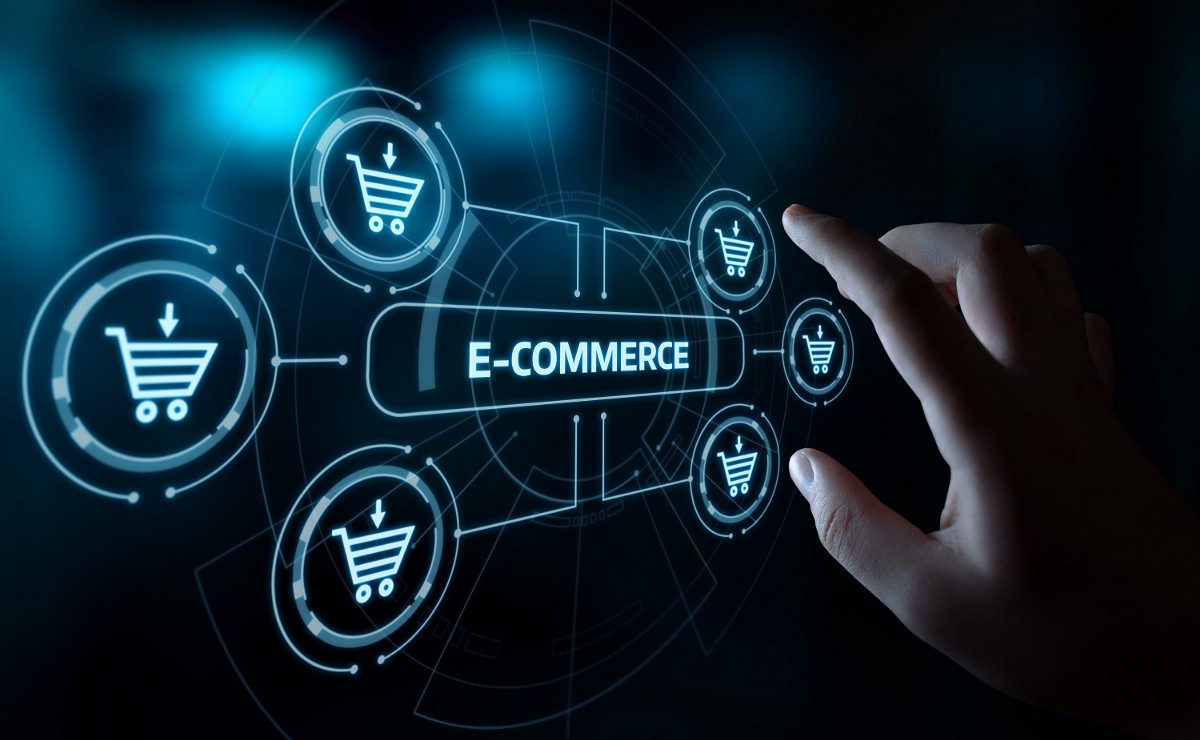E-commerce has fundamentally transformed the retail landscape, offering unparalleled convenience and accessibility for consumers and businesses alike. This article explores the rise of e-commerce, its impact on shopping habits, and the future trends shaping this dynamic sector.
What is E-Commerce?
E-commerce, or electronic commerce, refers to the buying and selling of goods and services over the internet. This broad term encompasses various online transactions, including retail sales, digital goods, and service-based exchanges. Since its inception in the early days of the internet, e-commerce has evolved significantly, becoming a crucial component of the global economy.
The Early Days of E-Commerce
E-commerce’s journey began in the 1960s with the development of Electronic Data Interchange (EDI), which allowed businesses to exchange documents and purchase orders electronically. However, it wasn’t until the 1990s that e-commerce began to take shape as we know it today. The introduction of the World Wide Web and secure online payment systems enabled businesses to create websites where consumers could shop online. Companies like Amazon and eBay, founded in the mid-1990s, were among the pioneers that demonstrated the potential of e-commerce.
The Growth of E-Commerce
The turn of the millennium saw an exponential growth in e-commerce, driven by advancements in technology and increasing internet penetration. A few key factors contributing to this growth include:
- Increased Internet Access: The proliferation of high-speed internet connections and smartphones has made online shopping more accessible to a global audience.
- Enhanced Security: Improvements in online payment security, such as encryption and secure payment gateways, have built consumer trust in e-commerce transactions.
- Diverse Platforms: The rise of various e-commerce platforms, including social media marketplaces and mobile apps, has expanded the ways consumers can engage with online shopping.
- Personalization and Recommendations: Advanced algorithms and data analytics have enabled e-commerce businesses to offer personalized shopping experiences, increasing customer satisfaction and sales.
The Impact of E-Commerce on Traditional Retail
The rise of e-commerce has had a profound impact on traditional brick-and-mortar retail. Many established retailers have had to adapt to the digital age by creating their online stores and integrating omnichannel strategies. This shift has led to several notable changes in the retail sector:
- Store Closures: Some traditional retailers, unable to compete with the convenience and lower prices offered by e-commerce giants, have faced store closures and financial difficulties.
- Shifts in Consumer Behavior: Consumers now expect the convenience of online shopping, including home delivery and easy returns. This expectation has pressured traditional retailers to enhance their in-store and online offerings.
- Innovation and Adaptation: To remain competitive, many physical stores have embraced digital tools, such as in-store kiosks and mobile apps, to bridge the gap between online and offline shopping experiences.
E-Commerce Trends Shaping the Future
As e-commerce continues to evolve, several trends are shaping the future of online shopping:
- Artificial Intelligence and Automation
Artificial intelligence (AI) is revolutionizing e-commerce by enhancing customer service and streamlining operations. Chatbots powered by AI provide instant support, while machine learning algorithms optimize product recommendations and inventory management.
- Mobile Commerce
With the growing use of smartphones, mobile commerce (m-commerce) has become a significant driver of e-commerce growth. Mobile-optimized websites and apps offer a seamless shopping experience, allowing consumers to make purchases on the go.
- Social Commerce
Social media platforms are increasingly becoming shopping destinations in their own right. Features like shoppable posts and integrated checkout systems enable users to purchase products directly from social media feeds, merging social interactions with e-commerce.
- Sustainability and Ethical Shopping
Consumers are becoming more conscious of environmental and ethical issues, driving demand for sustainable and ethically produced goods. E-commerce businesses are responding by offering eco-friendly products and transparent supply chains.
- Augmented Reality (AR) and Virtual Reality (VR)
AR and VR technologies are enhancing the online shopping experience by allowing customers to visualize products in their own space or try them virtually before making a purchase. This immersive approach can reduce return rates and improve customer satisfaction.
The Challenges Facing E-Commerce
Despite its rapid growth, e-commerce faces several challenges:
- Cybersecurity Threats
With the increase in online transactions, cybersecurity threats have also risen. E-commerce businesses must invest in robust security measures to protect sensitive customer data from cyberattacks and fraud.
- Logistics and Supply Chain Issues
Managing logistics and supply chains can be complex for e-commerce businesses, particularly those operating on a global scale. Ensuring timely deliveries and handling returns efficiently are critical to maintaining customer satisfaction.
- Regulatory Compliance
E-commerce businesses test must navigate various regulations and compliance requirements, including data protection laws and international trade regulations. Staying compliant can be challenging but is essential for avoiding legal issues and building consumer trust.
Conclusion
E-commerce has come a long way from its humble beginnings, evolving into a sophisticated and integral part of the modern retail landscape. As technology continues to advance, e-commerce will likely see even more innovations and transformations. For businesses and consumers alike, staying informed about the latest trends and challenges will be key to navigating the future of online shopping.





